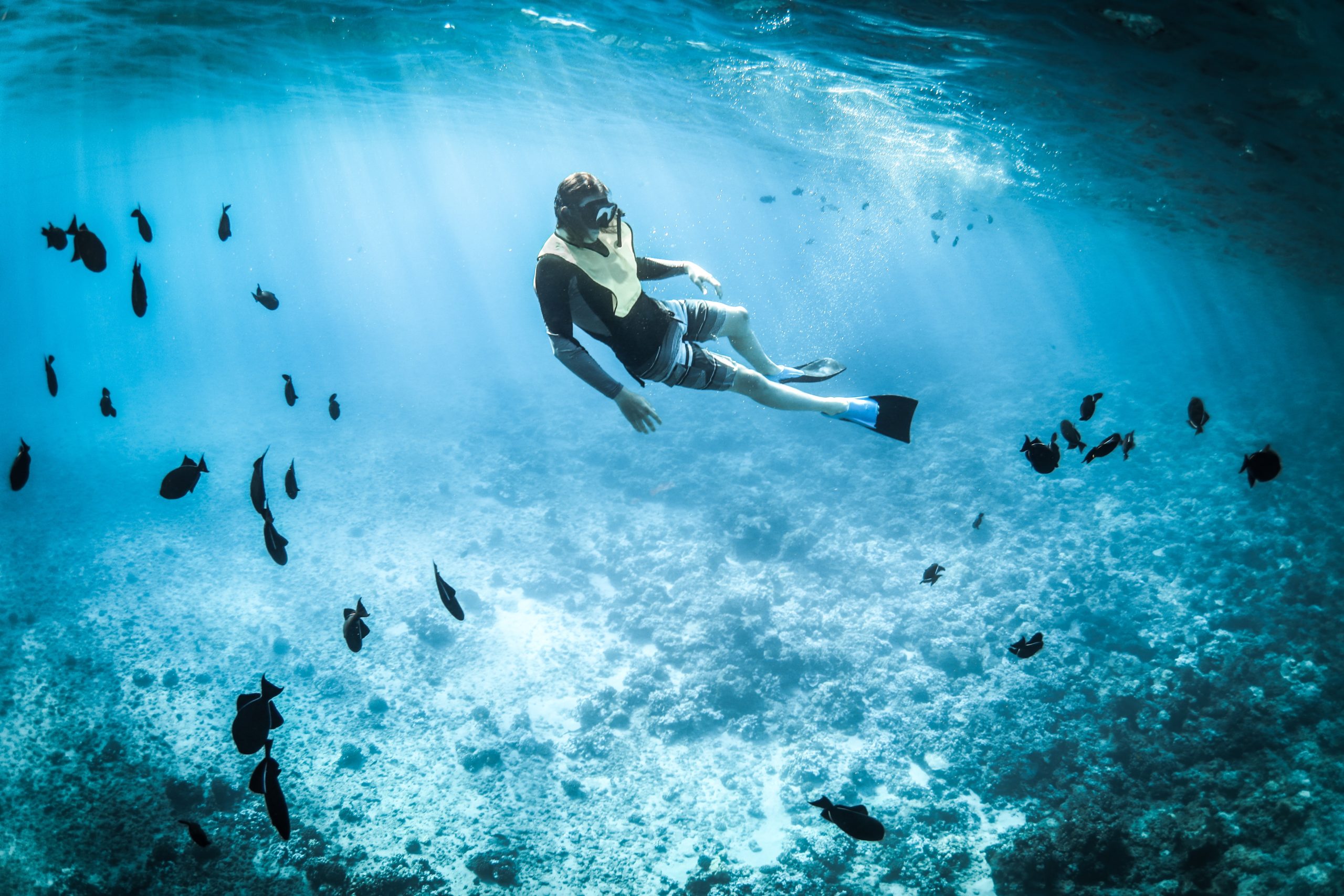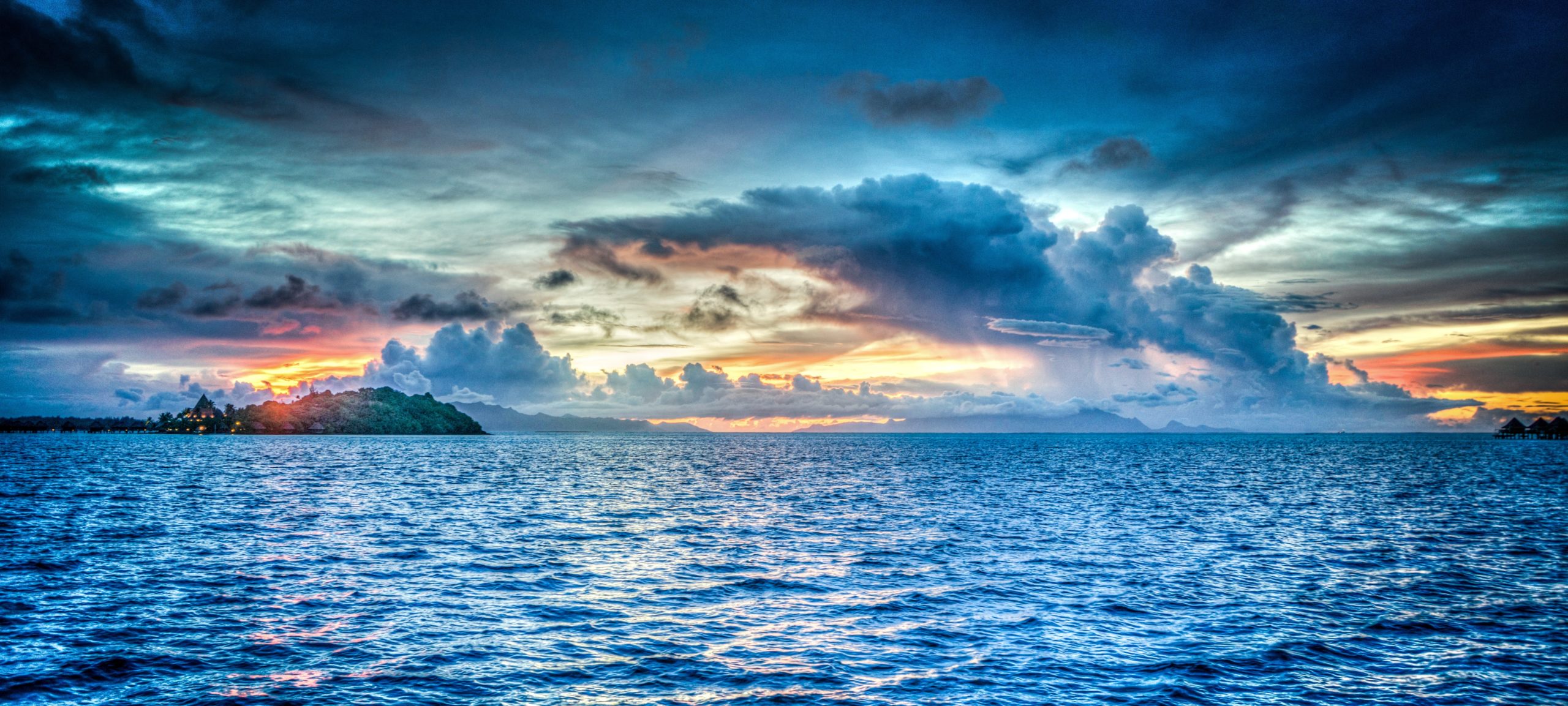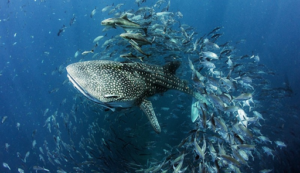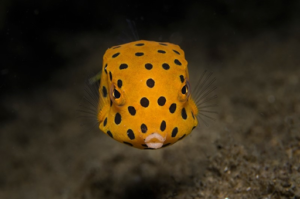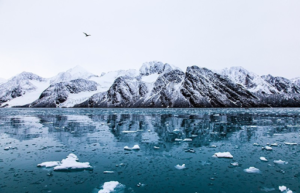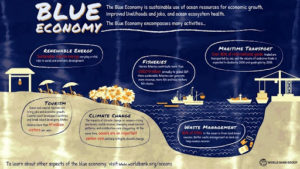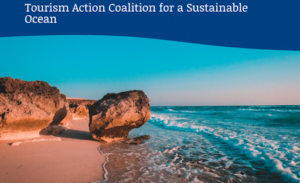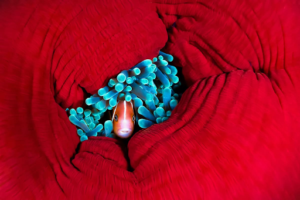Tourism can positively impact the blue economy when properly planned, developed and managed. When this happens, nature heals, marine life returns, local communities are engaged and empowered, and culture thrives. In this piece, we explore the concept of the blue economy and the impact of sustainable and unsustainable tourism on blue growth.

What is the Blue Economy and how does it connect to tourism?
According to the World Bank, the blue economy is the “sustainable use of ocean resources for economic growth, improved livelihoods, and jobs while preserving the health of the ocean ecosystem”.
The Center for the Blue Economy adds, “it is now a widely used term around the world with three related but distinct meanings- the overall contribution of the oceans to economies, the need to address environmental and ecological sustainability of the oceans, and the ocean economy as a growth opportunity for both developed and developing countries”.
Unsustainable Tourism: Pressure on Ecosystems
Tourism is the world’s largest economic industry. According to the World Travel and Tourism Council (WTTC), it accounts for 10% of global GDP. It introduces new jobs, promotes entrepreneurship, and drives investment in destinations.
Unfortunately, many places have experienced more harm than good due to overtourism, pollution, resource depletion, and environmental degradation. For island and coastal communities, this means overfishing, coral bleaching, and disturbing the harmony and health of marine and aquatic life.
One example of tourism gone wrong is Thailand’s notorious Maya Bay in the Phi Phi Islands. Due to overtourism, corals died and marine life disappeared. Another example is from Central American islands Roatan and Bocas Del Toro in Honduras and Panama, respectively. The islands, where marine life once flourished, became at risk of habitat loss and environmental degradation due to mass tourism.
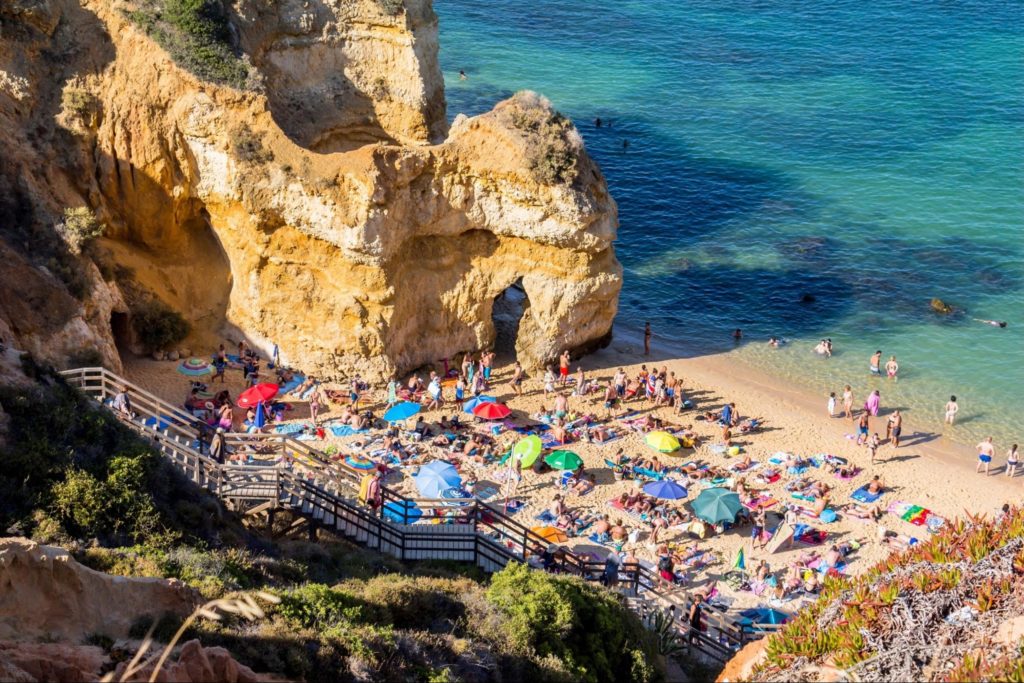
Sustainable Tourism: The Only Way Forward
When sustainably developed, tourism can be used as a force for good, where it sustains and regenerates rather than stresses and depletes. Similarly, when the damage has already been done, sustainable tourism can help restore and regenerate ecosystems. In either case, endless opportunities arise through circular and regenerative blue economy development.
The Thai authorities decided on a three-year visitor closure in Thailand’s Maya Bay to regenerate the ecosystem. Over this period, they worked on construction and restoration to plant more corals, create a conducive environment for wild residents to return, and improve travelers’ experience. Today, the bay has reopened.
Similarly, Solimar’s Go Blue Central America Project worked on developing Central American islands’ tourism without compromising the natural environment. The project supported private sector businesses adhering to blue economy principles to protect and regenerate the islands’ coastal and marine habitats.

What Types of Tourism Benefit the Blue Economy?
Residents of water-surrounded countries can keep the economy afloat with day-to-day transactions of food and certain goods that come from the ocean. However, tourism can significantly boost production and income through product, service, and experience offerings. Here are five types of tourism that are benefiting the blue economy:
One of the main ways that tourists can contribute to a country’s blue economy is by booking a guided trip with a local dive master. In some countries, this type of trip turns out to be even more vital than guided fishing tours. People will book a trip to exclusively scuba dive, free dive, or snuba to explore reefs and exotic fish.
While some tours include spear-fishing or lobstering, most dive tours are led in particular areas where wildlife is protected. In doing so, dive tours catalyze the protection and growth of surrounding reefs. When marine ecosystems are well preserved, locals can carry on producing and providing more of the products and services that tourists love. As a result, the underwater world will be richer and more attractive to explore, fish will be more abundant, and corals and shells will become more available for harvest to be made into collectables.
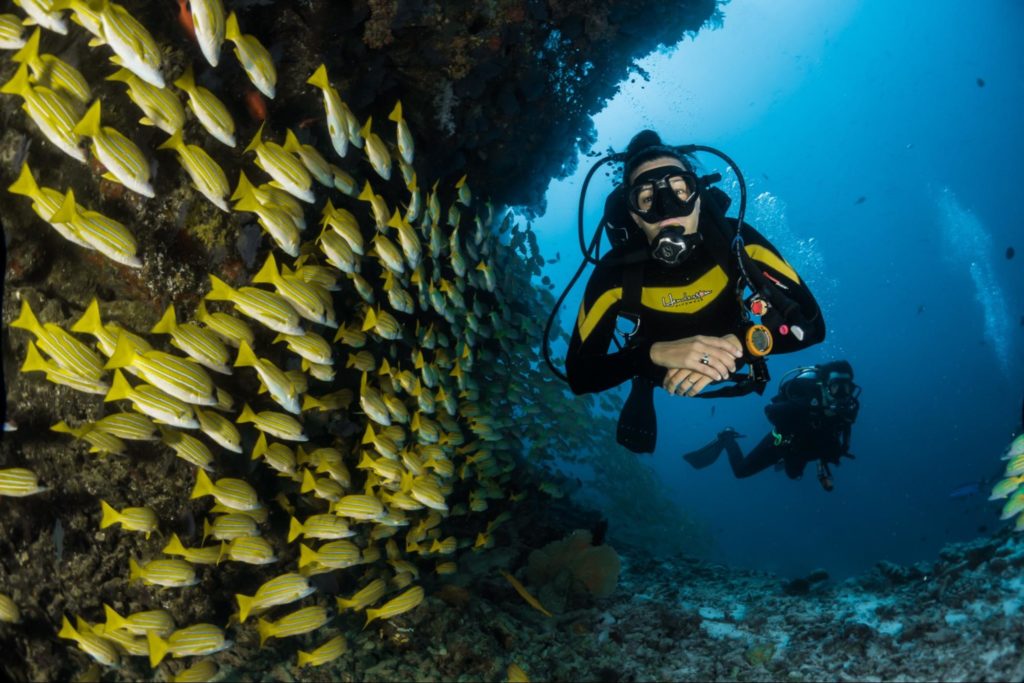
-
Fishing Tours and Trips (Pescatourism)
Many places on the water offer guided fishing trips with town locals. Like dive tours, these trips foster blue economy development. Usually, travelers experience a day in the life of a local fisherman by joining them on a boat, helping them catch fish, visiting their local community, and cooking and eating the fresh catches using traditional recipes.
By following fishing guidelines and regulations, fishermen keep fish populations at balanced levels for healthy ecosystems. As a result, marine environments and local economies both thrive. Fishermen have a strong incentive to protect marine life and avoid overfishing so that they can continue to sell their experiential travel products. This, in turn, increases and diversifies their income streams and makes them more resilient to external shocks.
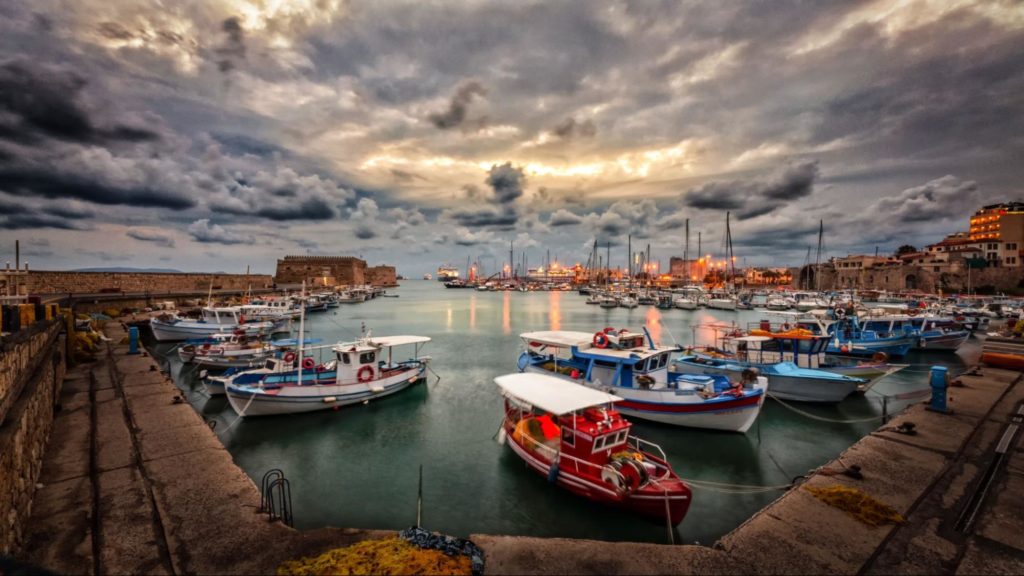
Fishing boats parked in Iraklio, Greece
-
Local Artisan Markets
Local markets that showcase artisan work and crafts are vital to small countries’ economies. Sellers showcase their products to tourists, who are often eager to purchase them as souvenirs and collectable decorations. In island and coastal nations, many of these products are made of materials from the ocean. Often, craftsmen use dead coral, washed-up shells, or sand, which are natural, renewable resources.

-
Marine Ecotourism for the Blue Economy
According to the UNWTO, ecotourism involves observation and appreciation of nature, education, environmental protection, and community engagement. It integrates ecological protection with the social and economic development of local communities. Marine ecotourism is that which corresponds explicitly to coastal and marine ecosystems. Such tourists usually visit natural, virgin areas with little to no development to observe wild species or scenic landscapes. This form of tourism highly regards nature and culture, where it focuses on protecting or improving the natural environment and preserving and respecting cultural heritage.

-
Scientific, Academic, Volunteer, and Educational (SAVE) Tourism
This type of tourism is fundamental to blue economy development. SAVE travelers view tourism as a way to learn, explore, help, and grow. Inherently, SAVE tourism focuses on safeguarding and improving destinations, including their resources, communities, sites, and organisms.

All five types of tourism contribute to blue growth, where economic and environmental benefits are not mutually exclusive. Through these models, incentives are correctly aligned, where tourism success depends on a balanced, healthy, and rich cultural and natural heritage. As a result, tourism acts as a bridge between economic, social, and environmental sustainability, directly feeding into blue economy development.
How does Tourism Positively Impact the Blue Economy?
After delving into the different types of tourism, let’s explore how tourism can have a positive outcome:
-
Natural Conservation and Restoration
The blue economy is crucial for environmental conservation and restoration due to its focus on sustaining and regenerating marine ecosystems. This happens in two ways. First, sometimes conservation and restoration are inherent to the activity, such as cleanup dives. In this case, divers actively clean oceans and reefs out of genuine concern and demand for a fulfilling experience.
Other times, locals are incentivized by economic motives, as with pescatourism. Here, fishermen are cautious about maintaining healthy, balanced systems so they can carry on selling their experience. If they engage in overfishing, this leads to imbalance and loss. On the other hand, if there are no more fish, there is no more food or demand for fishing experiences. Hence, the blue economy properly aligns incentives and encourages fishermen to act responsibly.
Second, and in many cases, travelers who experience natural treasures such as pristine beaches or rich and colorful coral reefs recognize the importance of respecting and safeguarding our planet. Sometimes, conversations with locals about how they deal with food or freshwater shortages help visitors recognize the value of such resources. This encourages travelers to consume more responsibly, reduce waste, and urge others to follow suit.

2. Improvement in Income and Livelihoods
Tourism helps local communities in improving their income and livelihoods in two ways. The first is job creation. Tourism development naturally requires more capacity to cater to visitor needs. As a result, many new businesses will seek labor to fill newly-created jobs.
The second way is in entrepreneurship and innovation. Tourism development is an opportunity for creative entrepreneurs to unleash their innovative potential. When there is a favorable enabling environment, local communities can build their own businesses and take ownership and sovereignty for their development and long-term vision.
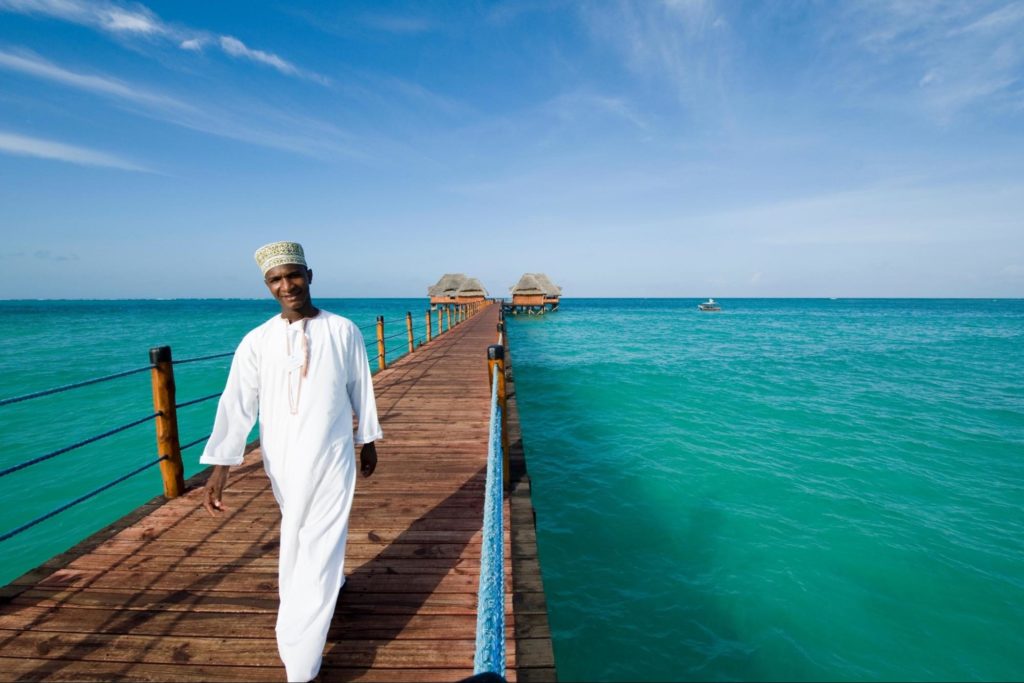
3. Cultural Preservation
Tourism also encourages communities to celebrate and preserve local cultures, many of which are at risk of disappearing altogether. Several recipes, dances, languages, craftsmanship techniques, and other traditions passed down from generations risk being forgotten.
With the rising demand for immersive, community-based travel, communities recognize the value of their unique cultural heritage. As a result, this encourages them to protect their heritage, embrace it, and share it with the world.

4. Preventing Social Dislocation and Rapid Urbanization
Many major cities are located along coasts and waterfronts, and these places experience pressure from rapid urbanization in many countries. People flood to urban centers for better economic opportunities, which increases stress on existing infrastructure. It also creates congestion, pollution, resource depletion, inflation, and reduced quality of life overall.
Since community-based tourism introduces livelihood opportunities in rural underserved areas, it propels members to stay. This prevents threats of social dislocation, cultural dilution, and rapid, unsustainable urbanization.
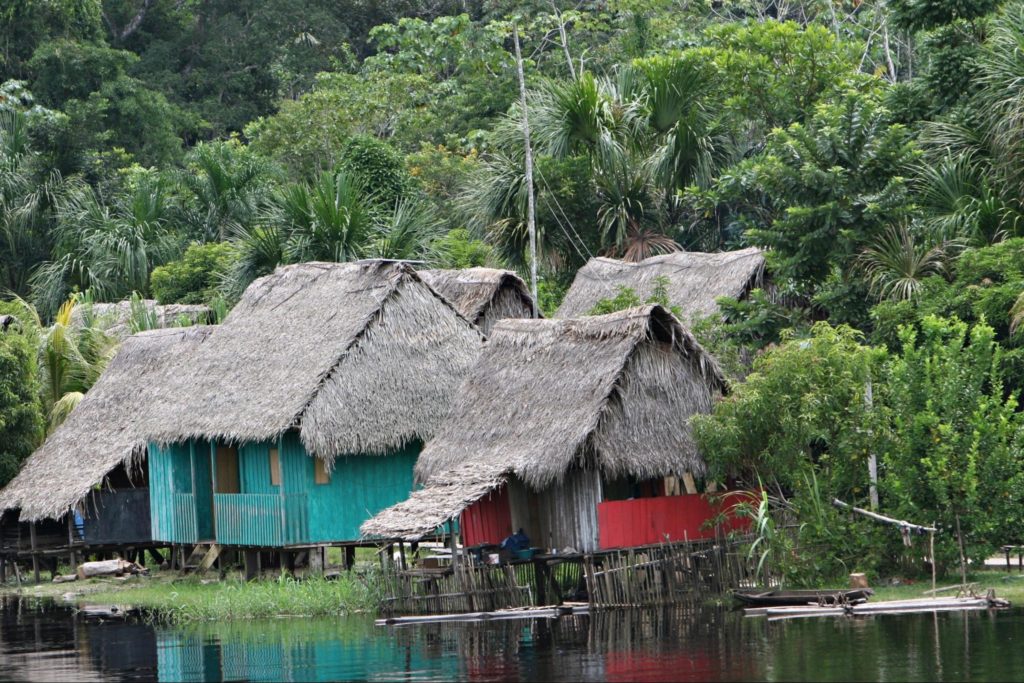
In conclusion, tourism has had adverse effects in some countries. Still, as this piece demonstrates, sustainable tourism can be a positive tool to strengthen economies and encourage ecological growth.
